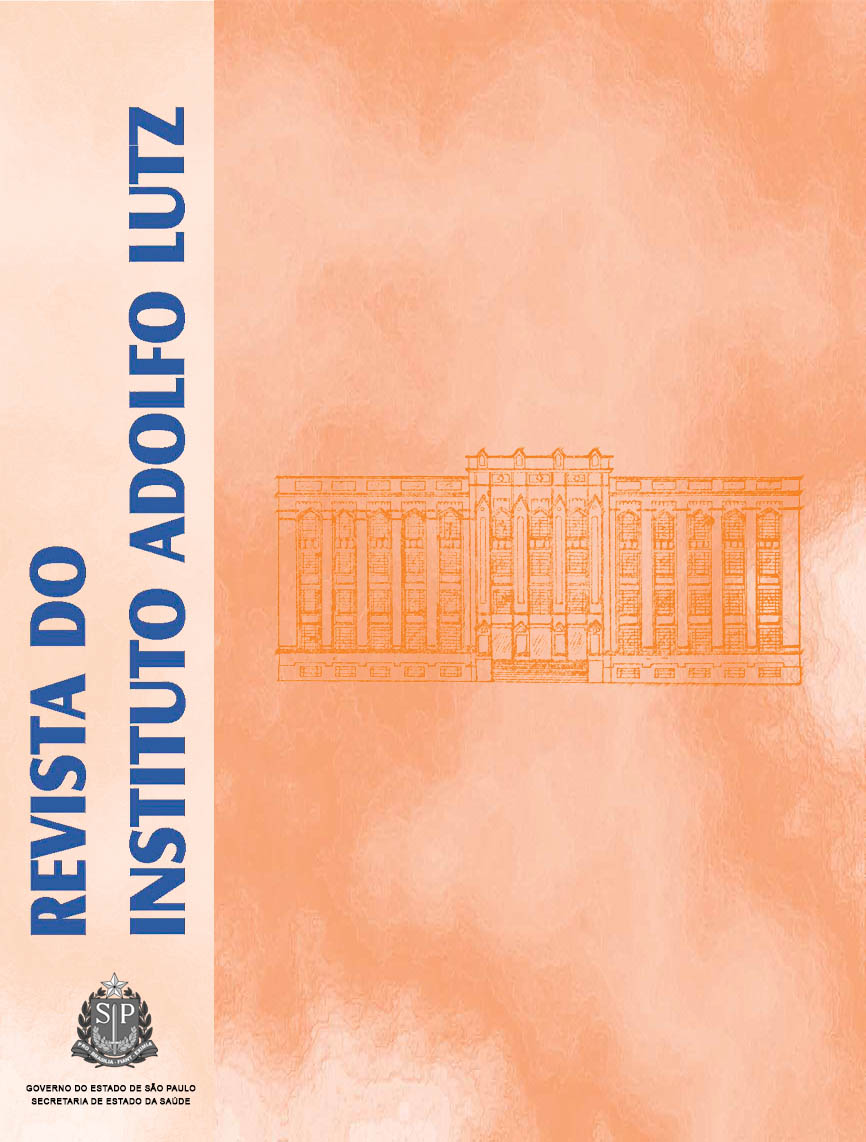Microbial contamination in household disinfectant products
Keywords:
microbial contamination, disinfectants, quality control, sanitary surveillance
Abstract
On account of a study developed in Sanitation Sector at the National Institute of Quality Control in Health of Oswaldo Cruz Foundation, concerning the evaluation of antimicrobial activity of disinfectants, the present investigation analyzed disinfectant products of general use which are available in the Brazilian market. Of the disinfectants randomly collected, three of them (products A, B and C) showed microbial contamination. The contaminant microorganisms isolation and identification were performed by using the equipment Vitek® 2, and the rRNA 16S amplification and sequencing were done. Vitek® 2 analysis revealed the occurrence of Serratia marcescens and Achromobacter xylosoxidans in the products A and B, respectively. Aeromonas salmonicida was detected by Vitek® 2, and Burkholderia lata was identified by means of amplification technique through polymerase chain reaction in the product C.
Published
2012-02-22
How to Cite
Pinheiro, R. R., Sabagh, B. P., Vidal, L. M. R., Veras, J. F. C., Vieira, V. V., Souto, A. da S. S., Pereira, D. C. R., Neves, M. de C., & Villas-Boas, M. helena S. (2012). Microbial contamination in household disinfectant products. Revista Do Instituto Adolfo Lutz, 72(2), 170-174. Retrieved from https://periodicoshomolog.saude.sp.gov.br/index.php/RIAL/article/view/32914
Issue
Section
BRIEF COMMUNICATION










